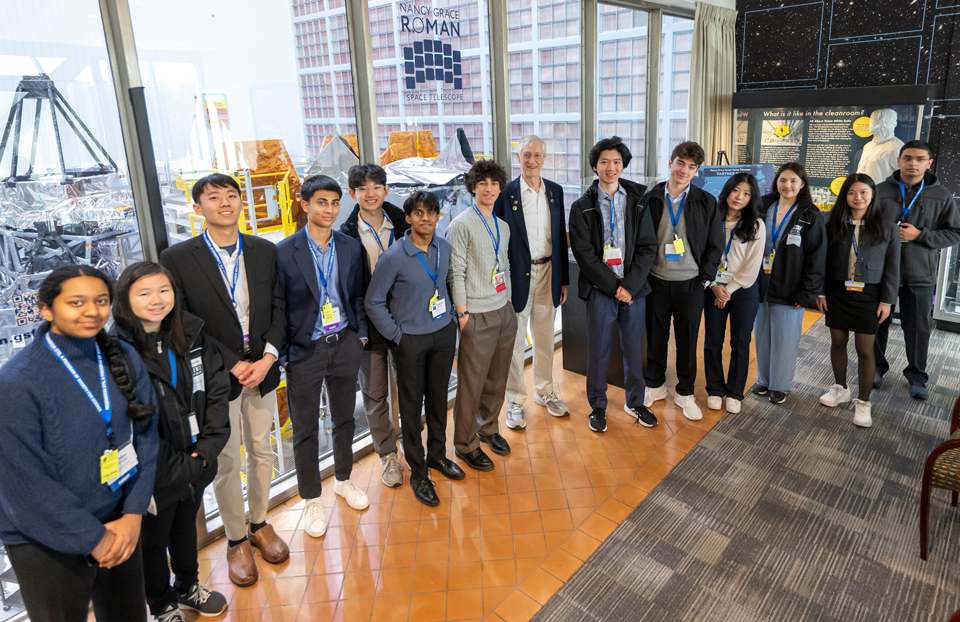Regeneron STS, Society, STEM Outreach
Hot dogs and thinking creatively
Some teachers come in on the weekends and stay after school to help students create projects for science fairs. Kathy Lin, a middle school teacher in Hawaii, even has hot dogs during an after-school program since school lunch isn’t offered.
“Hot dogs are a big draw for students. They came for the hot dogs at first, but stayed for the projects,” she said.
Kathy and Mark Fontaine presented methods they use to help their underrepresented students pursue science research in a panel at the Research Teachers Conference, sponsored by Regeneron, held on September 30-October 1, 2016, in Washington, D.C. The conference focused on techniques and challenges faced by teachers in getting their students to complete science research and projects.
“It’s normal for me to be in the building on holidays and during the weekend, when we have a Saturday Academy,” said Mark, a teacher in Rhode Island. “Primarily so our kids can have space. Some of our kids live in chaotic worlds where they need a safe space to do work.”
Opening students up to different scientific fields is also important, the teachers said. Even if Mark is teaching chemistry, he doesn’t require his students to work on a chemistry science project if they’d prefer to complete one in behavioral science.
Mark helps his students fill out their FAFSA forms if they need it. He also gets creative with how to find financial help for them.
“Moving to the inner-city, I learned you have to be way more creative,” he said. “At my prior school, I went to a parent and said your kid needs this, and they wrote a check. Our inner-city parents love their kids as much as other parents,” but they might not have the financial capability to fund science fair project materials like experiment equipment or posters.
Mark discovered a way to save his school money by buying a wide-format printer to print banners, which he could also use with his science students, instead of printing new banners with new dates every year.
If Kathy’s students can’t afford a trifold poster board, she’ll buy them one for their project.
“So what if our school is up the street from the biggest housing project in the city? So what if most of our students need to leave right after school to go home and take care of several siblings? We can still help them with science projects,” Mark said.
He also found that applying for small grants to help his students get materials for their projects is easier than trying to get big grants.
“I tell my students that just the accomplishment of finishing your project is great,” Kathy said.
In another panel at the Research Teachers Conference, teachers shared methods for how to “work smarter, and not harder.” One said she tries to work smarter instead of tireder.
Some teachers have research programs in the summer for their students. Others have multi-year research requirements, where students sign contracts agreeing that they’ll complete a science project and present their research by their senior year.
One teacher has her high school students run a Broadcom MASTERS affiliate fair, so they learn what goes into a science fair from all sides.
Teachers also discussed resources that offer students access to journal articles, including Science Direct, a cheap research service.
Andrew Bramante, a high school teacher in Greenwich, Connecticut, asks his students to come up with project ideas that really interest them. “If they don’t, then they’ll fizzle out and become disinterested really quickly.”
He tries to have his students think about real-world problems and get over the fear of being only 14- or 15-years-old and not being able to solve problems.


